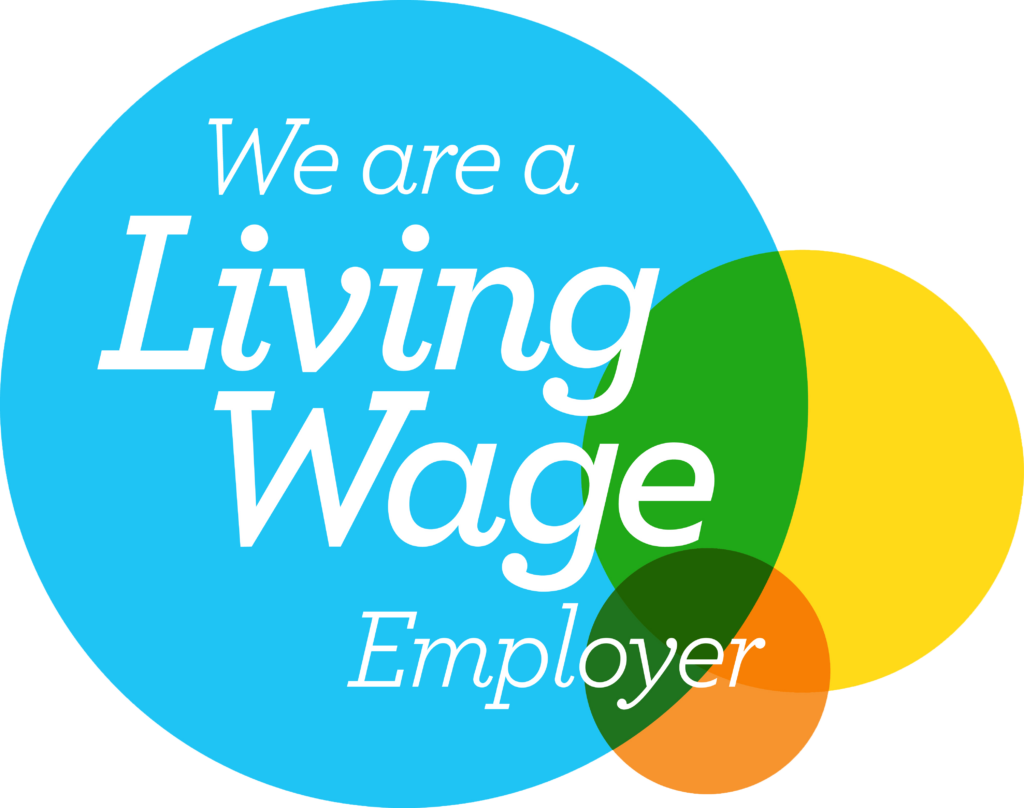EWC CODE
EWC Search Facility
This EWC Search Facility was developed using the EA Thesaurus. This document is no longer in use and the EA points out that those responsible for applying an EWC code must ensure they have considered the hierarchy steps to ensure they select the right code. If you have any queries on EWC Codes, please contact the EA for their advice on 08708 506 506.
Unfortunately, we are unable to provide either free advice or regulatory interpretations.
PLEASE NOTE THE NEW (JUNE 2020) REFERENCE TO POPs WASTE, ESPECIALLY WEEE, AT THE BOTTOM OF THE EA GUIDELINES
Instructions for use
The EWC Search Facility offers three options to identify the right code:
- You may try the Chapter option to go through the process of identifying the right chapter, sub-chapter then code. Please follow the Guidelines laid out below for this process. When you have identified the right code, you may click on the text Description to show the thesaurus entries related to the code. If you then click on ‘Select’ to save the code, you can go through the process again to identify another code.
- You may try to identify the waste within a particular Category of wastes. This offers a range of potential codes from different chapters within each group. Please follow the process in 1. above to see thesaurus entries and to save a code.
- You may try the thesaurus Text search by entering a description of your waste to see if the EA have identified it against a specific code. Please enter a description eg ‘food’ or ‘tarmac’ and click ‘submit’. Then click on the most appropriate thesaurus description to identify the relevant code(s).
- If handling WEEE, you should consider the POPs guidance detailed in the EA Guidelines tab.
Your Selected EWC Codes
- Loading...
Please note – an asterisk (*) next to a code denotes that it is HAZARDOUS WASTE.
Environment Agency Guidelines
The Legal Requirement
- The European Waste Catalogue codes are transposed into UK law through The List of Wastes (LOW) Regulations.
- From 1 July 2015, three new EWC codes have been added as part of ‘Guidance on the Classification and Assessment of Waste (1st edition 2015) Technical Guidance WM3’. These are 01 03 10*, 16 03 07* and 19 03 08* whch have now been incorporated into our search facility along with other amendments from WM3 that include:
- Slight changes to the wording of 01 03 09, 06 08 02* and 19 03 04*.
- The replacement of the word ‘dangerous’ by ‘hazardous’ throughout.
- The use of EWC codes is a legal requirement of the Duty of Care (DoC) legislation across the UK.
- The DoC requires that a waste holder (producer, carrier or disposer) takes all reasonable steps to ensure that waste is described in a way that permits its safe handling and management and that any transfer of waste is accompanied by a written description of the waste including a LOW code.
- In addition to the code, any waste should also be described in a way that identifies any properties relevant to its handling.
- This search facility is based on information published by the Environment Agency in their List of Wastes Guide.
- PLEASE NOTE: THOSE HANDLING WASTE ARE LEGALLY LIABLE TO USE THE RIGHT EWC CODE. INFORMATION ON THIS SITE IS PROVIDED IN GOOD FAITH USING THE MOST RECENT EA GUIDANCE, FLAME UK CANNOT BE HELD LIABLE FOR ANY ENFORCEMENT ACTION THAT MAY BE TAKEN IN RELATION TO THE USE OF THESE CODES.
Important
- The EWC is made up of chapters describing waste arising from different types of activity. The chapter and sub-chapter headings are as equally important as the description alongside the six figure code. If your waste has not arisen from the activity covered by a particular chapter, then you should NOT use that code, even where the individual waste description seems most apt.
- When choosing a code, you should use the following steps:
Step 1. Try to identify where in chapters 01 to 12 or 17 to 20 the waste is produced (i.e. the industry or process from which the waste arose, including household or similar waste). Using the information outlined in the bullet points above, identify the appropriate six-digit code for the waste, excluding codes ending with 99.
Step 2. If an appropriate waste code cannot be found in chapters 01 to 12 or 17 to 20, then the next step is to examine chapters 13, 14 and 15.
Step 3. If none of these waste codes properly describes the waste, try to identify whether the waste is described in chapter 16.
Step 4. If a suitable code still cannot be found, choose a 99 code from the appropriate chapter in Step 1. - For a list of EWC chapters, simply click on the ‘chapter’ tab above and look at the drop down box.
Please Note
- A transfer note must always contain a written description of the waste as well as the EWC code. The Agencies expect this to be sufficient to enable the main components of the waste to be identified.
- For example: 20 03 01 (mixed municipal waste) arising from a light industrial unit should have an accompanying written description which might read: ‘General non-hazardous waste from light engineering consisting only of waste food from the canteen, paper, metal, cardboard & plastic packaging and floor sweepings’.
Waste containing Persistent Organic Pollutants (POPs)
In June 2020, the EA published a series of GOV.UK Guidance documents to assist in the EWC classification of waste containing Persistent Organic Pollutants (POPs), especially Waste Electrical and Electronic Equipment. If you dispose of, collect or treat Waste Electrical and Electronic Equipment (WEEE), you should read this guidance before determining the correct EWC code.

